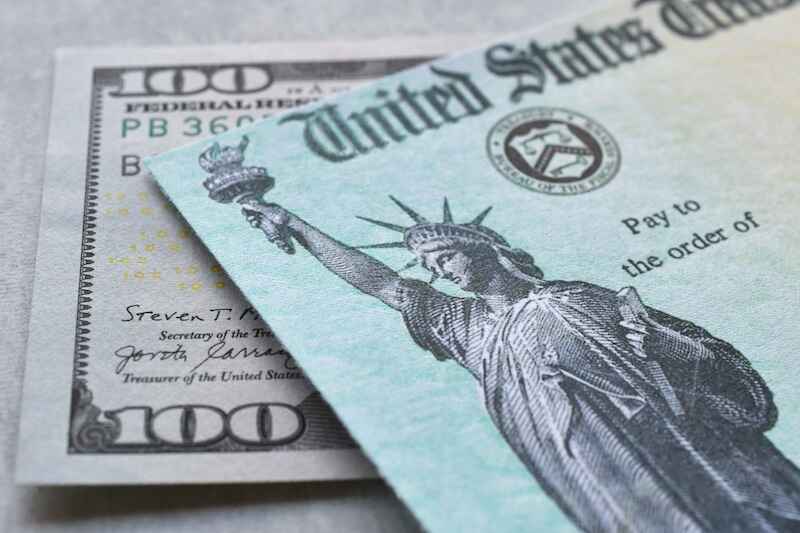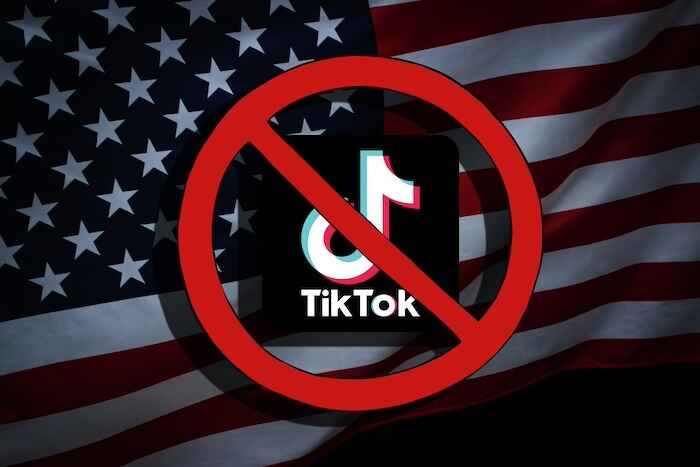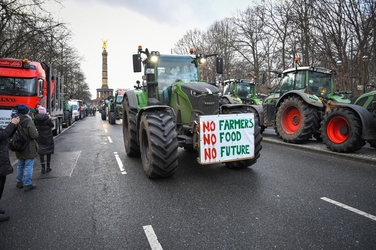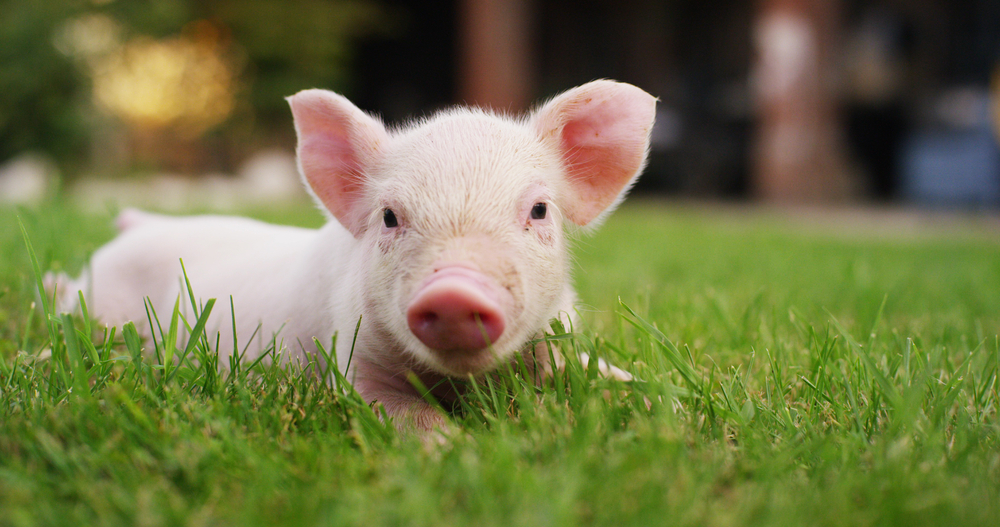What We Eat Is a Failure of Economics
Joel Salatin|July 28, 2020
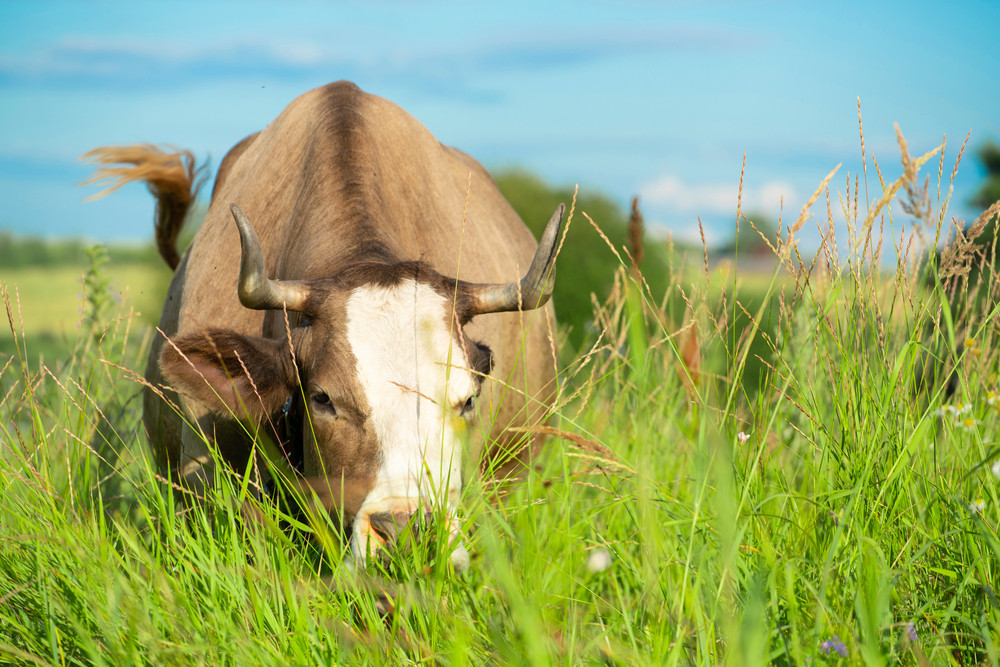
“Those cows are belly-deep in grass and starving to death.”
That’s a maxim among livestock producers to explain the nuances of forage quality.
It simply means all grass is not created equal.
When grass first begins to grow, it’s high in protein. As it matures, it moves from a protein to a carbohydrate. And if it becomes fully mature, it turns into something akin to cardboard. It loses all its nutritional strength.
Different species of grass mature at different heights. Bluegrass, for example, matures and sets seed often before it’s a foot tall. Switchgrass, in contrast, often grows to 6 feet before it even makes a seed head.
In any case, when the grass becomes brown and overly mature, cows can’t get enough nutrition from it to maintain good health.
The cows can literally be standing belly-deep in grass and starving to death.
This came to mind when I read an American Journal of Clinical Nutrition study that found, “Poor nutrition is the leading cause of illnesses in the U.S., with unhealthy diets killing more than half a million people each year.”
How can a nation with the abundance of food enjoyed on our supermarket shelves be this undernourished?
A Travesty
A Federal Nutrition Research Advisory Group has formed to try to remedy the fact that 46% of adults and 56% of children have poor-quality nutrition.
Of course, the culprits are poverty and minority status.
Between 1979 and 2018, the amount of U.S. gross domestic product spent on healthcare rose from 6.9% to 17.7%. Indeed, the study’s authors said this represented a “threat to national security” because there isn’t enough money left over to buy bombs and pay soldiers.
Are you following the progression here? When people are poor, they eat poorly… which costs more in healthcare… which means the country can’t afford to defend itself if China attacks.
I have news for these researchers: Lots of wealthy people eat poorly too. This is not just a travesty of economics. It’s a travesty of personal responsibility and farming.
Years ago, my farm participated in a Mother Earth News nutritional analysis of pastured eggs. It compared our eggs with the industry standard. The official USDA label says an egg contains 48 micrograms of folic acid. Our Polyface pastured eggs averaged 1,038.
That is not a typo. And it’s not a difference of percentage. It’s a difference of multiplicative magnitude.
The same nutritional evidence follows a host of poorly grown versus well-grown food items. One recent analysis done by the Bionutrient Food Association showed that 100 poorly grown carrots can equal just ONE well-grown carrot.
That much difference exists between food items.
And that is why in America we stand belly-deep in grass and starve to death.
Oh, there’s grass. Lots of food. But it’s not worth squat.
If we look at processed foods and artificial additives, we see a continuum that leads straight to nutritional poverty.
Interestingly, the food study did not look at nutritionally inadequate households to find out how many had purchased lottery tickets, fast food, pizza delivery, flat-screen TVs, cigarettes, alcohol, coffee and Netflix subscriptions.
Where’s the Value?
America’s “belly-deep and starving to death” situation is about value.
Farmers don’t value nature’s integrity and design. Food buyers don’t value nutrition.
When neither side of the equation values what’s important, it’s a perfect dysfunctional symbiosis.
Only when people put more faith in nutrition than drugs will the situation change.
At some point, we must value food quality above vaccine quality. We must value earthworms above toppling statues. We must value home kitchens above pharmaceutical factories.
For the first time in human history, the number of obese people is the same as the number of hungry people. That’s pure hunger, not nutrition per se. But it speaks to the notion of being belly-deep in grass and starving to death.
That we as a nation suffer the level of malnutrition found in this study at the same time as we have historically high obesity is telling.
Clearly, our problem is not a lack of food. It’s the type of food we’re eating.
It’s also the lack of investment we’re willing to make to enjoy good nutrition.
If the authors of this study are conventional, I doubt that they will address personal choice and difference in food quality.
It’s time to recognize such things as good food and bad food, like a livestock farmer recognizes good grass and bad grass.
Today’s store shelves are full of junky food. It’s there in volume, alright. But you won’t get healthy on it. You can eat all day and not be satisfied.
That’s what the food companies want.
Lack of satiation is the best marketing strategy imaginable. Keep ’em craving. And reinforce it with advertising.
Belly-deep and starving.
Do you agree with Joel that Americans don’t value the food we eat? Is nutrition a matter of national security? Send us your thoughts at mailbag@manwardpress.com.
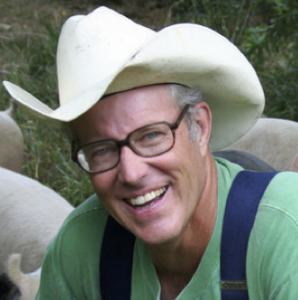
Joel Salatin
Joel Salatin calls himself a Christian libertarian environmentalist capitalist lunatic farmer. Others who like him call him the most famous farmer in the world, the high priest of the pasture, and the most eclectic thinker from Virginia since Thomas Jefferson. Those who don’t like him call him a bioterrorist, Typhoid Mary, a charlatan, and a starvation advocate. With a room full of debate trophies from high school and college days, 12 published books, and a thriving multigenerational family farm, he draws on a lifetime of food, farming and fantasy to entertain and inspire audiences around the world.


